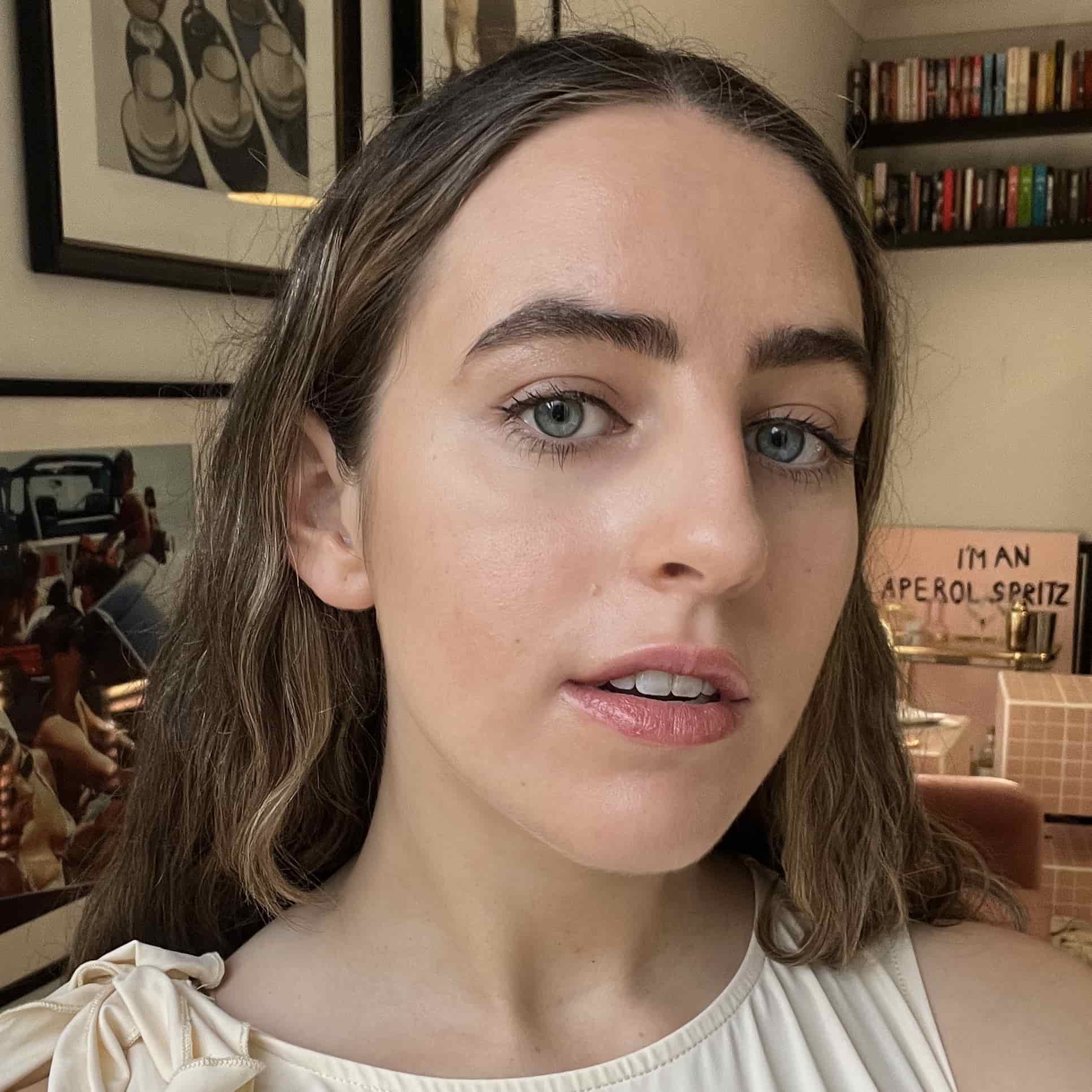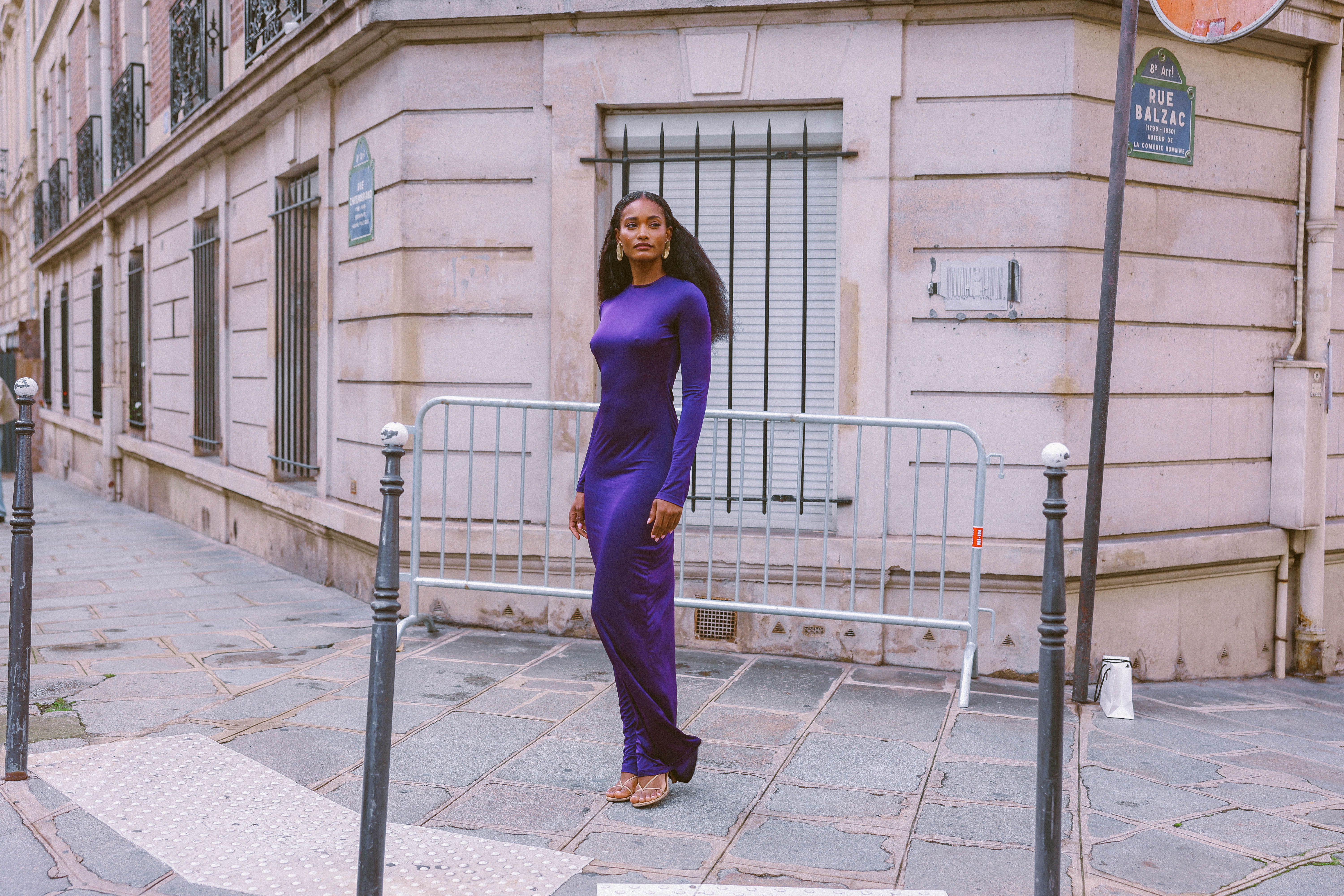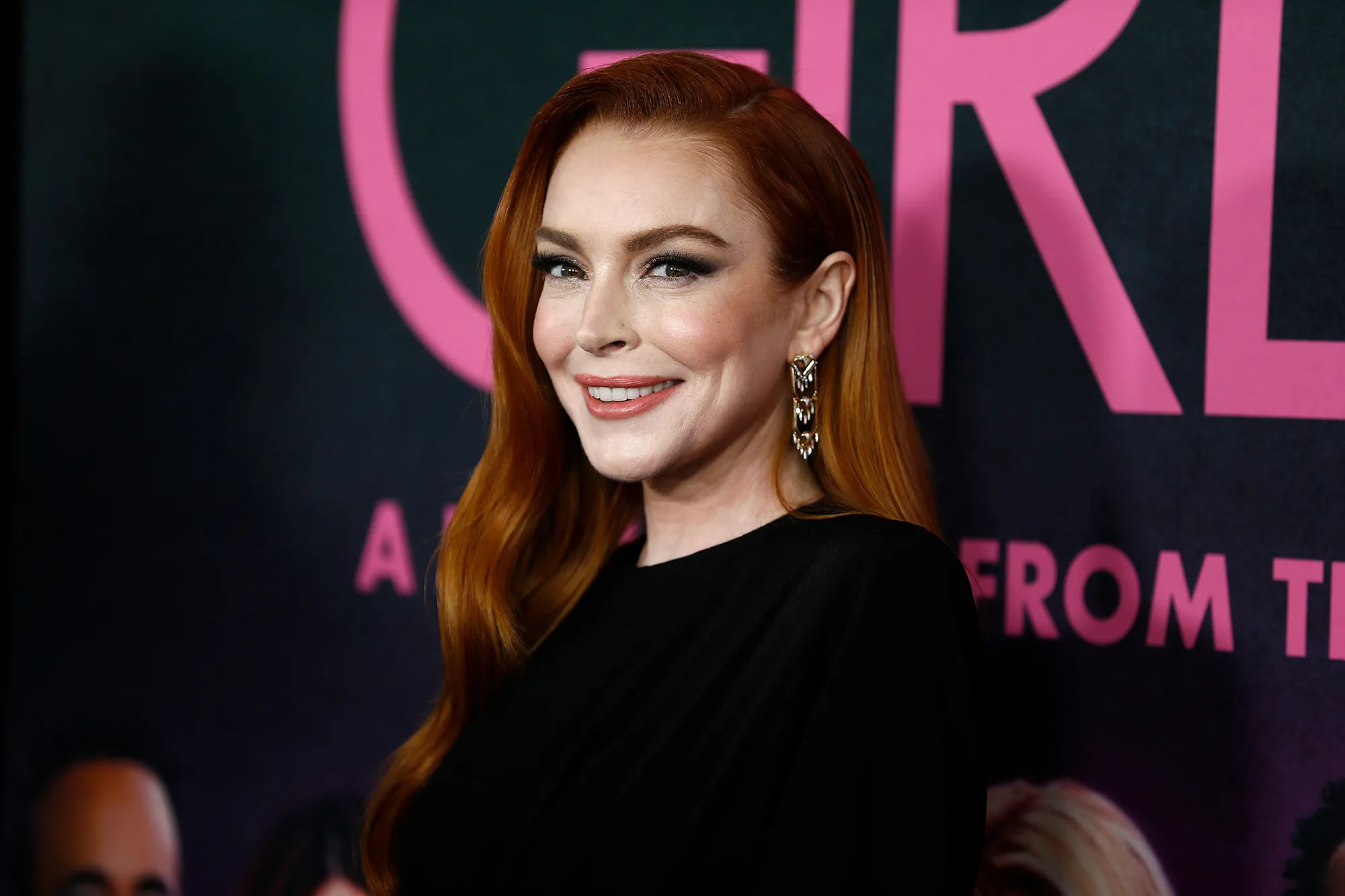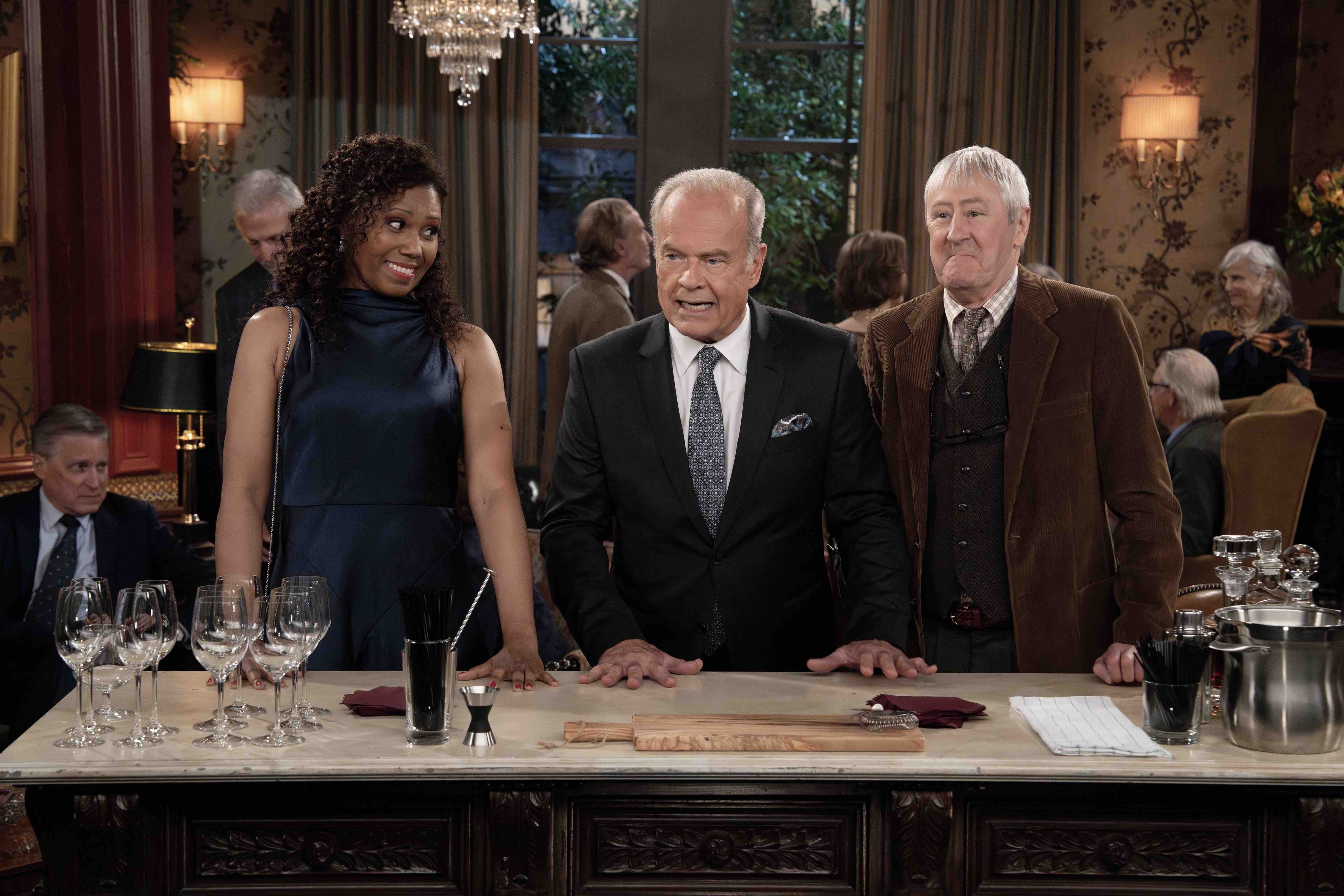In what can only be described as a whirlwind period for the fashion industry, the phenomenon of rapid turnover among creative leads has reached a fever pitch. This era, colloquially dubbed the "musical chairs" of fashion, sees established names exiting their roles and new talents stepping in at an unprecedented rate. With each passing week, industry insiders and fashion enthusiasts alike are met with news of yet another departure, another appointment, and the relentless swirl of speculation and rumors surrounding potential successors.
The current year has been particularly eventful, showcasing a series of high-profile departures and appointments that have sent ripples through the fashion world. Notable transitions include Hedi Slimane’s exit from Celine, Kim Jones’ departure from Fendi, and Sarah Burton’s move from Alexander McQueen to Givenchy. Meanwhile, Alessandro Michele’s leap to Valentino and Haider Ackermann’s swift replacement of Peter Hawkings at Tom Ford further illustrate the seismic shifts occurring within top fashion houses.
Yet, amid this backdrop of change, one of the most significant upheavals came in June with the sudden departure of Virginie Viard from Chanel. Viard, who had been instrumental in steering the house following the iconic Karl Lagerfeld’s passing in 2019, left a notable void in the luxury fashion space. Her tenure at Chanel spanned nearly 30 years, during which she worked closely with Lagerfeld before ascending to the role of artistic director. The news of her exit prompted immediate speculation about who might take the reins of one of fashion's most revered houses.
Following Viard's departure, Chanel's representatives assured the public that an announcement regarding her successor would be forthcoming. However, as the months have dragged on, the position remains unfilled, leaving the fashion community buzzing with theories and possibilities about who could step into this pivotal role.
In the midst of this speculation, one name has emerged repeatedly as a frontrunner: Marc Jacobs. The renowned designer, celebrated for his innovative approach and theatrical flair, has openly expressed his interest in the position. During a recent interview with the Wall Street Journal, Jacobs remarked, “There’s only one job I want, and I haven’t been asked to do it.” His candidness about his aspirations for the role has only fueled the fire of speculation.
At 61, Jacobs has had a storied career in fashion, earning acclaim for his ability to blend modern sensibilities with classic influences. His previous work has established him as a creative force to be reckoned with, and his enthusiasm for the Chanel position aligns well with the house’s rich legacy. Interestingly, Jacobs has sought to leverage his connections within the industry, enlisting the help of close friend and filmmaker Sofia Coppola to advocate on his behalf. Coppola, who has longstanding ties with Chanel, echoed his sentiments, stating that it would be a “dream” for Jacobs to assume the creative directorship.
Jacobs’ potential appointment is particularly noteworthy as it would mark a significant milestone: the first time an American has held the prestigious role at the French luxury house. The idea of Jacobs stepping into the shoes once filled by Lagerfeld—who helmed Chanel for over three decades until his passing—evokes a sense of anticipation within the fashion community. Lagerfeld was known for his boundary-pushing designs and his ability to blend humor with high fashion, a legacy that many believe Jacobs could honor while bringing his own unique vision to the brand.
As conversations around potential successors to Viard continue, industry insiders ponder whether Chanel has already begun to approach candidates for the role. The lengthy vacancy has left many wondering if the luxury house is taking its time to find the right person to lead its creative vision or if discussions with prospective candidates are already underway. In either case, the chatter surrounding Jacobs serves as a reminder of the desire for fresh perspectives in a landscape that is increasingly dynamic and ever-changing.
Virginie Viard’s exit was not merely a shift in personnel; it represented the closing of a significant chapter in Chanel's storied history. With nearly three decades at the house, including five as artistic director, Viard’s contributions were deeply intertwined with Chanel’s creative identity. Her tenure saw a reimagining of the house’s codes, respecting its heritage while also adapting to the contemporary fashion landscape. The official statement from Chanel upon her departure recognized her invaluable contributions: “Chanel confirms the departure of Virginie Viard after a rich collaboration of five years as artistic director of fashion collections, during which she was able to renew the codes of the house while respecting the creative heritage of Chanel, and almost thirty years within the house. A new creative organization will be announced in due course. Chanel would like to thank Virginie Viard for her remarkable contribution to Chanel’s fashion, creativity and vitality.”
The fashion world is inherently tied to the personalities that shape it, and the departure of a creative director can signal broader changes within a brand’s ethos. In the case of Chanel, Viard’s exit leaves behind not only a legacy of her own but also a significant void that will be difficult to fill. With each passing day, the anticipation grows regarding who will be the next creative leader to steer the brand into its next chapter.
As the fashion community continues to buzz with speculation, the prospect of Marc Jacobs taking the helm at Chanel excites many. His distinctive style and vision align with the bold spirit of the brand, and his previous work reflects a deep understanding of fashion’s history while pushing its boundaries. If he were to be appointed, Jacobs would likely bring a fresh perspective to the storied French house, blending innovative designs with an homage to its rich heritage.
In the coming weeks and months, as the industry continues to evolve, the chatter around the creative leadership of Chanel will remain at the forefront of fashion discourse. The fate of the brand’s next chapter rests in the hands of those making decisions behind the scenes, with the world watching closely. Whether Marc Jacobs ultimately secures the role or not, the ongoing conversation underscores the complex dynamics of fashion leadership, where the interplay of creativity, brand legacy, and market trends converge.
Ultimately, the fashion industry’s current phase of rapid turnover reflects a broader trend in how creative leadership is perceived and pursued. The concept of “musical chairs” serves as a reminder that change is both inevitable and necessary for growth, pushing brands to adapt and innovate in an ever-evolving landscape. As the search for Chanel's next creative director unfolds, the stakes remain high, and the choices made will resonate far beyond the walls of the brand itself, influencing the future of fashion as a whole.
In conclusion, the buzz surrounding Marc Jacobs as a potential candidate for the role of creative director at Chanel exemplifies the excitement and speculation that define the current era of fashion. As the industry grapples with its own identity amidst ongoing changes, Jacobs’ candidacy not only signifies a potential new direction for the house but also reflects the broader conversations taking place about leadership, creativity, and legacy within fashion. As we wait to see what the future holds, one thing is certain: the world of fashion is always in flux, and the next chapter for Chanel is poised to be as captivating as its storied past.








